| Selo | Ishi Press |
|---|---|
| Edição | 0 |
| Idioma | Esperanto |
| Autores | A. A. Milne |
| Acabamento | Capa Comum |
| Quantidade de Páginas | 66 |
| Origem | Literatura Estrangeira |
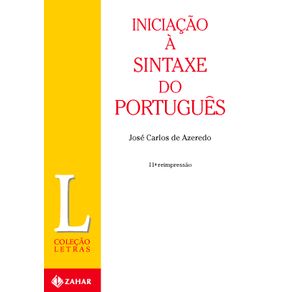 Iniciação à sintaxe do português
Iniciação à sintaxe do português
Companhia das Letras
R$ 59,90 à vista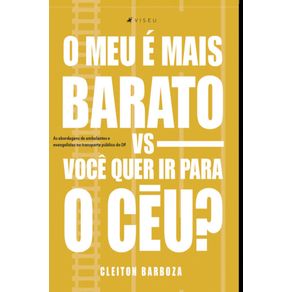 O meu é mais barato vs Você quer ir para o céu?
O meu é mais barato vs Você quer ir para o céu?
Editora Viseu
R$ 44,90 à vista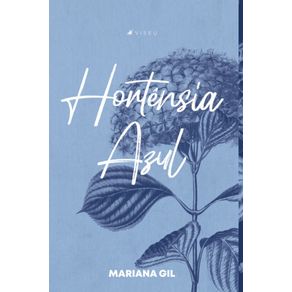 Hortênsia azul
Hortênsia azul
Editora Viseu
R$ 35,90 à vista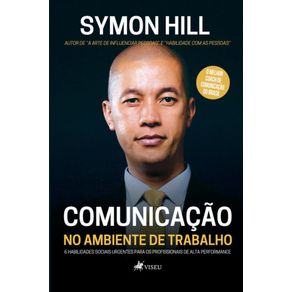 Comunicação no ambiente de trabalho: 6 habilidades sociais urgentes para os profissionais de alta performance
Comunicação no ambiente de trabalho: 6 habilidades sociais urgentes para os profissionais de alta performance
Editora Viseu
R$ 51,90 à vista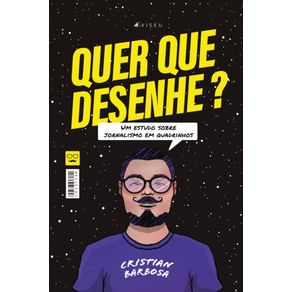 Quer que desenhe
Quer que desenhe
Editora Viseu
R$ 39,90 à vista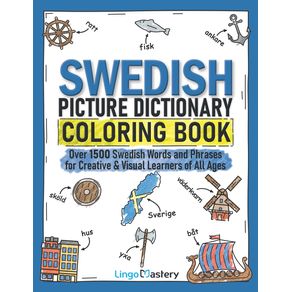 Swedish Picture Dictionary Coloring Book
Swedish Picture Dictionary Coloring Book
Lingo Mastery
R$ 122,78 ou até 2x sem juros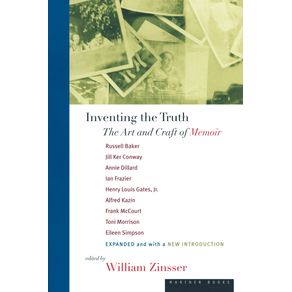 Inventing the Truth
Inventing the Truth
HARPERCOLLINS
R$ 113,91 ou até 2x sem juros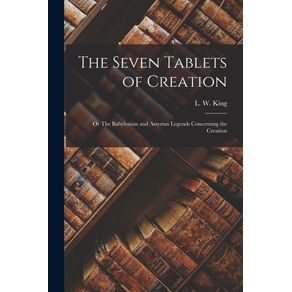 The Seven Tablets of Creation
The Seven Tablets of Creation
Legare Street Press
R$ 152,29 ou até 3x sem juros The Key to All Joyo Kanji
The Key to All Joyo Kanji
Indy Pub
R$ 301,12 ou até 3x sem juros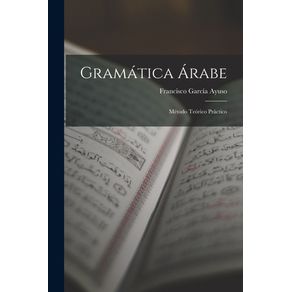 Gramática Árabe
Gramática Árabe
Legare Street Press
R$ 150,17 ou até 3x sem juros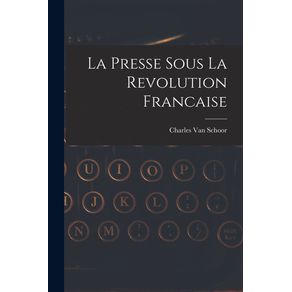 La Presse Sous La Revolution Francaise
La Presse Sous La Revolution Francaise
Legare Street Press
R$ 152,29 ou até 3x sem juros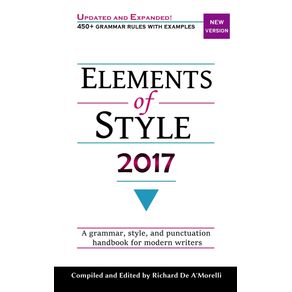 Elements of Style 2017
Elements of Style 2017
Alysian Publishing
R$ 170,28 ou até 3x sem juros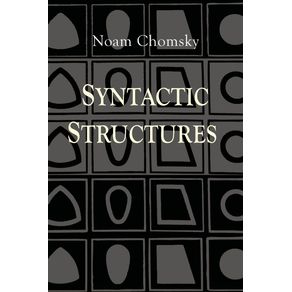 Syntactic Structures
Syntactic Structures
Martino Fine Books
R$ 129,55 ou até 2x sem juros Sherlock Holmes and a Scandal in Shanghai
Sherlock Holmes and a Scandal in Shanghai
Mind Spark Press LLC
R$ 114,37 ou até 2x sem juros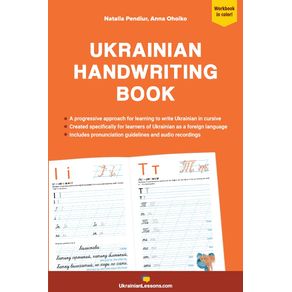 Ukrainian Handwriting Book
Ukrainian Handwriting Book
Lulu Press
R$ 158,89 ou até 3x sem juros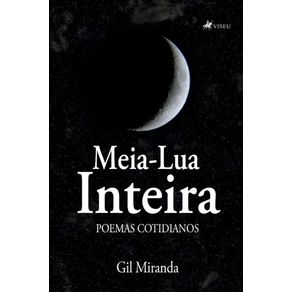 Meia-Lua Inteira: Poemas cotidianos
Meia-Lua Inteira: Poemas cotidianos
Editora Viseu
R$ 40,90 à vista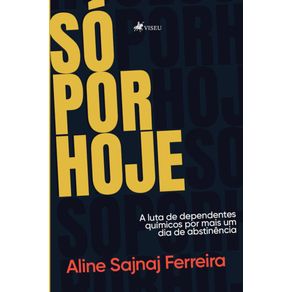 Só por hoje: A luta de dependentes químicos por mais um dia de abstinência
Só por hoje: A luta de dependentes químicos por mais um dia de abstinência
Editora Viseu
R$ 57,19 à vista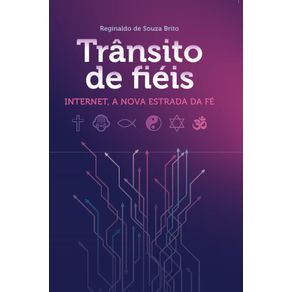 Trânsito de fiéis: Internet, a nova estrada da fé
Trânsito de fiéis: Internet, a nova estrada da fé
Editora Viseu
R$ 51,90 à vista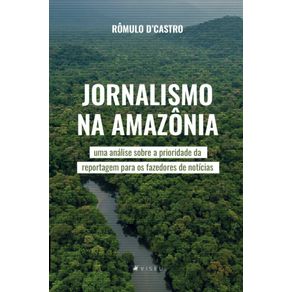 Jornalismo na Amazônia
Jornalismo na Amazônia
Editora Viseu
R$ 44,90 à vista Hortênsia azul
Hortênsia azul
Editora Viseu
R$ 35,90 à vista Como se tornar um tradutor de sucesso
Como se tornar um tradutor de sucesso
Editora Viseu
R$ 65,04 à vista Quer que desenhe
Quer que desenhe
Editora Viseu
R$ 39,90 à vista Korean Picture Dictionary Coloring Book
Korean Picture Dictionary Coloring Book
Lingo Mastery
R$ 122,57 ou até 2x sem juros Swedish Picture Dictionary Coloring Book
Swedish Picture Dictionary Coloring Book
Lingo Mastery
R$ 122,78 ou até 2x sem juros The Seven Tablets of Creation
The Seven Tablets of Creation
Legare Street Press
R$ 152,29 ou até 3x sem juros The Key to All Joyo Kanji
The Key to All Joyo Kanji
Indy Pub
R$ 301,12 ou até 3x sem juros Elements of Style 2017
Elements of Style 2017
Alysian Publishing
R$ 170,28 ou até 3x sem juros Easy Japanese Phrase Book
Easy Japanese Phrase Book
Talk in French
R$ 131,83 ou até 2x sem juros Ukrainian Handwriting Book
Ukrainian Handwriting Book
Lulu Press
R$ 158,89 ou até 3x sem juros Listening C2
Listening C2
Prosperity Education
R$ 127,05 ou até 2x sem juros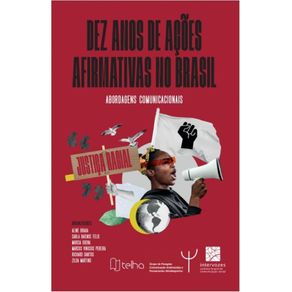 Dez anos de ações afirmativas: abordagens comunicacionais
Dez anos de ações afirmativas: abordagens comunicacionais
Telha
R$ 80,00 à vista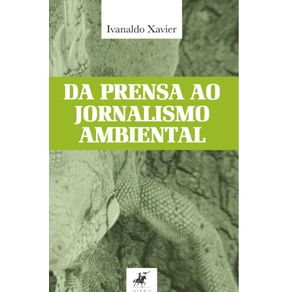 Da prensa ao jornalismo ambiental
Da prensa ao jornalismo ambiental
Editora Viseu
R$ 44,90 à vista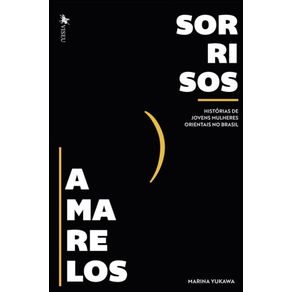 Sorrisos Amarelos: Histórias de jovens mulheres orientais no Brasil
Sorrisos Amarelos: Histórias de jovens mulheres orientais no Brasil
Editora Viseu
R$ 32,90 à vista Jornalismo na Amazônia
Jornalismo na Amazônia
Editora Viseu
R$ 44,90 à vista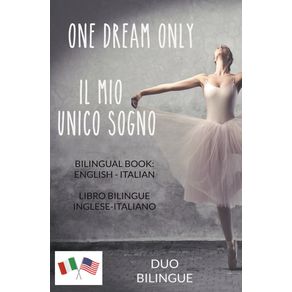 One Dream Only / Il mio unico sogno (Libro bilingue
One Dream Only / Il mio unico sogno (Libro bilingue
Draft2Digital
R$ 104,71 ou até 2x sem juros Korean Picture Dictionary Coloring Book
Korean Picture Dictionary Coloring Book
Lingo Mastery
R$ 122,57 ou até 2x sem juros Inventing the Truth
Inventing the Truth
HARPERCOLLINS
R$ 113,91 ou até 2x sem juros The Seven Tablets of Creation
The Seven Tablets of Creation
Legare Street Press
R$ 152,29 ou até 3x sem juros Learn to Read in Japanese, Volume IV
Learn to Read in Japanese, Volume IV
Roger Lake
R$ 176,83 ou até 3x sem juros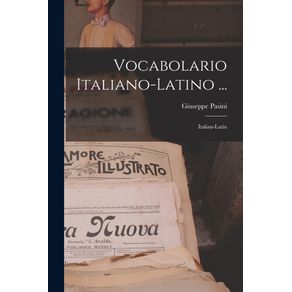 Vocabolario Italiano-latino ...
Vocabolario Italiano-latino ...
Legare Street Press
R$ 237,50 ou até 3x sem juros Elements of Style 2017
Elements of Style 2017
Alysian Publishing
R$ 170,28 ou até 3x sem juros Conversational Korean Grammar
Conversational Korean Grammar
Gooseapple Books, LLC
R$ 208,76 ou até 3x sem juros Syntactic Structures
Syntactic Structures
Martino Fine Books
R$ 129,55 ou até 2x sem juros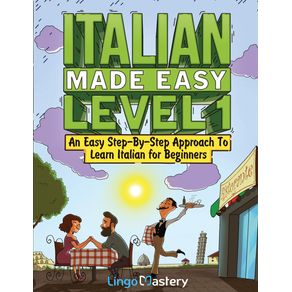 Italian Made Easy Level 1
Italian Made Easy Level 1
Lingo Mastery
R$ 129,68 ou até 2x sem juros Ukrainian Handwriting Book
Ukrainian Handwriting Book
Lulu Press
R$ 158,89 ou até 3x sem juros